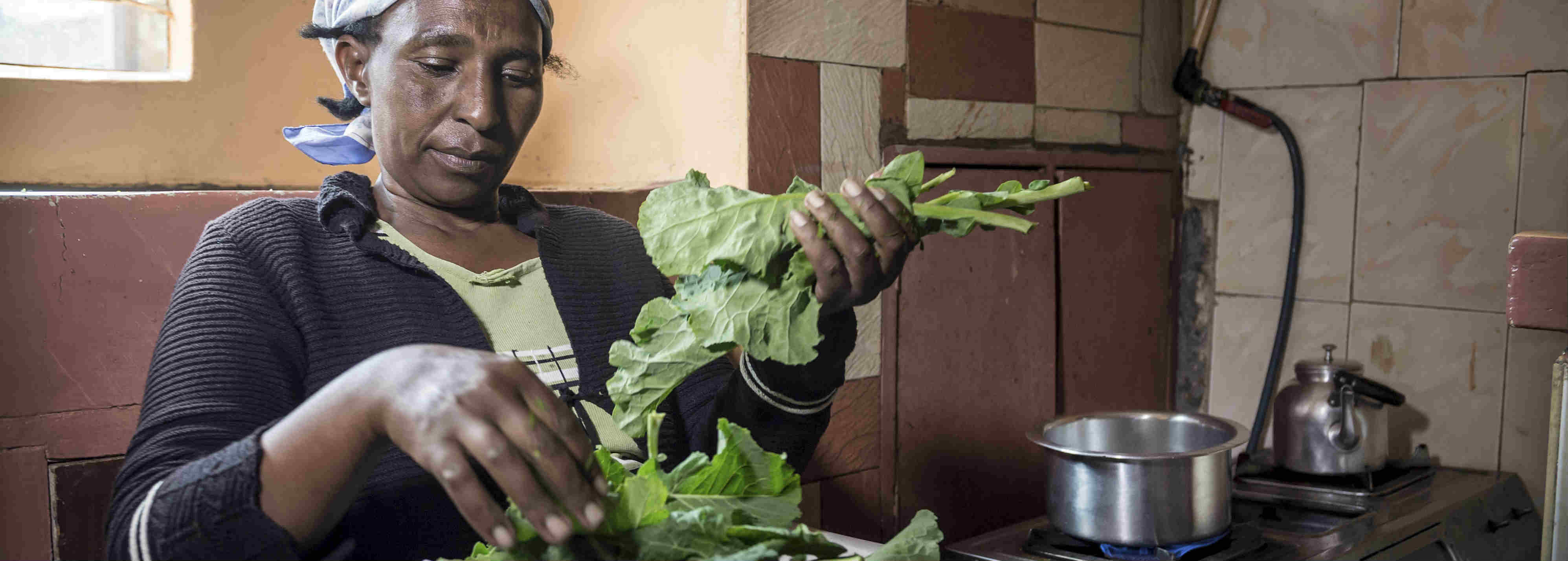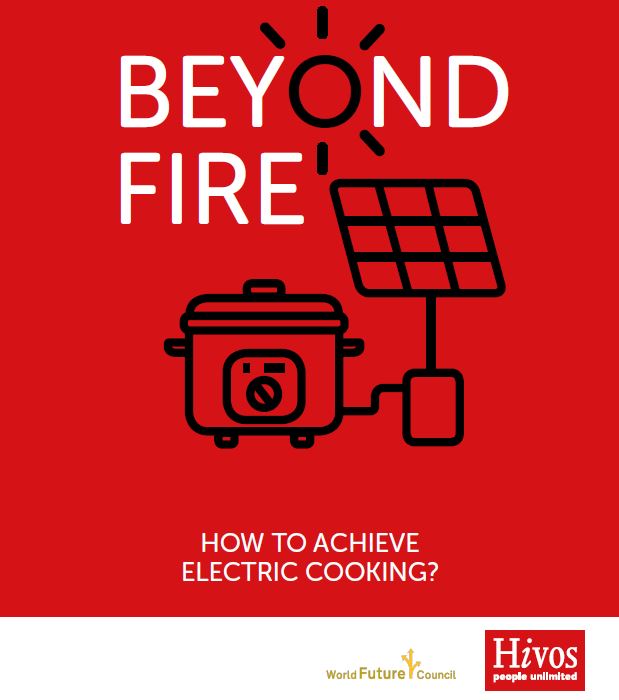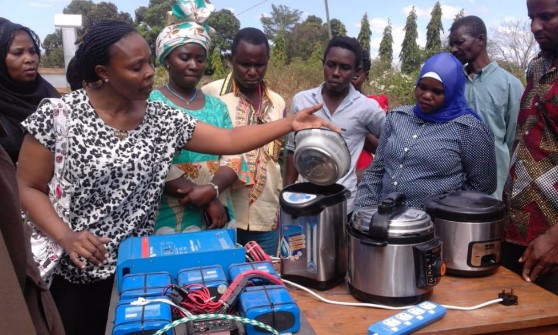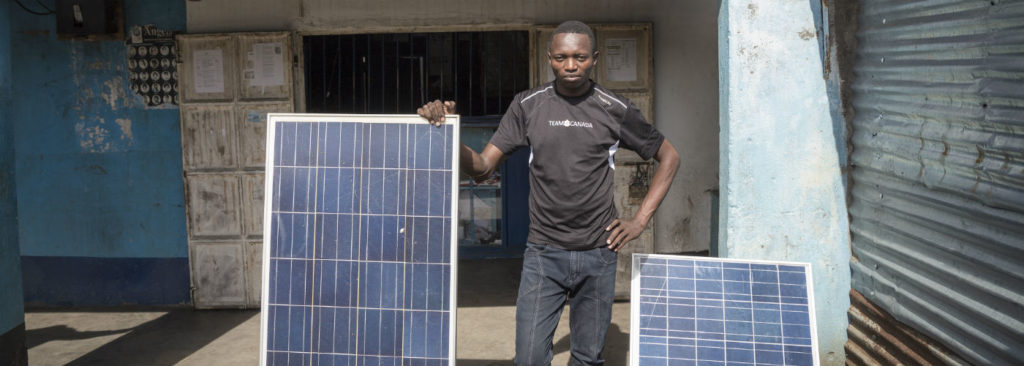Achieving sustainable cooking is one of the great challenges of our time. Cooking with charcoal and firewood sources still accounts for 4 million premature deaths due to indoor air pollution, puts significant strain on already stressed forest resources, and it is the single largest source of greenhouse gas emissions (GHGs).
In search for alternatives
Attempts to find solutions have failed to fundamentally transition the sector. “For almost two decades we have inadvertently narrowed the debate of clean cooking to just cook stoves. We need to look at the sources of energy and clean fuels,” says Kandeh Yumkella, Parliamentary Leader Sierra Leone, first CEO of Sustainable Energy for All and former UN Special Representative and Director General of UNIDO.
Hivos and World Future Council (WFC) did just that, Eco Matser, Hivos Program Manager Green & Inclusive Energy explains, “We looked into alternatives that provide long term sustainable solutions rather than quick intermediate fixes such as improved cook stoves.”
Calculating cost-competitiveness
Cooking appliances examined are solid fuel based stoves (wood and charcoal) gas based stoves (LPG, biogas and power to gas) and electric cooking (electric hot plate, induction stove, slow cooker and pressure cooker) in both mini-grid contexts and via solar home systems.
The report shows that the costs of cooking with electricity – both in mini-grid contexts and via solar home systems – is now well within the range of cost-competitiveness of other cooking alternatives. Households spend on average between EUR 1 – EUR 31/month on cooking fuels. With electric cooking with Solar Home Systems (SHS), this is between EUR 5 – EUR 15/month. The costs per household of cooking with a mini-grid range from EUR 4 – EUR 36/month.

Decreasing costs & efficiency
One of the reasons of the significant improvement in the economic viability of electricity-based options is the dropped costs of both solar modules and batteries, since early 2016 between 30-50%. They continue to decline as markets scale-up and technologies improve. But perhaps even more significant is the use of high-efficiency cooking appliances, which helps to reduce electricity consumption as well as the total size of the solar PV and battery systems required to run cooking appliances.
The system-level savings of adopting high-efficiency end-use appliances have the potential to mirror the transformative effects that low-cost LED lighting has had in the off-grid solar sector.
The way forward
In 2016, when the first version of the report was launched, the two organizations focused on providing a snapshot of the technical solutions available. “At that time, they were however still too expensive to compete with the traditional way of cooking,” Matser explains. “This new study calculates the costs range for cooking with various different appliances in which both the upfront costs, as well as the ongoing usage-related costs are taken into account.” Yumkella: “This new report [of Hivos and World Future Council] is very timely as we need to raise the profile of the clean cooking challenge.”
The report ends with six follow up steps to put electric cooking firmly on the map. From setting clear goals to incentivizing reducing upfront costs and mobilizing climate finance to play a far greater and more direct role in supporting the transition to sustainable cooking.
In light of the estimated USD 110 billion in annual costs to human health, to the environment, and to local economies caused by the use of solid fuels like wood and charcoal for cooking, “it is time that the transition to sustainable cooking is put in motion,” Matser concludes.









